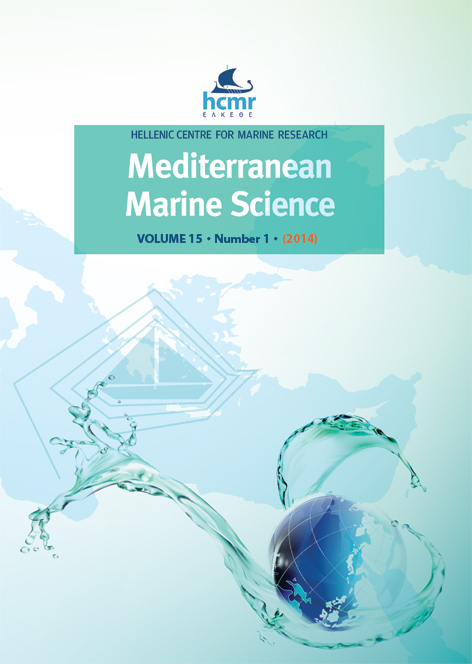Swordfish growth pattern in the strait of Gibraltar; implications for mixing among Atlantic and Mediterranean stocks
Аннотация
A growth study of the swordfish in the Strait of Gibraltar was carried out, based on monthly size frequencies data collected from the Moroccan driftnet fishery during the period 2006-2011. The growth parameters were estimated by the modal progression analysis (MPA), using both the Bhattacharya and NORMSEP methods. The standard von Bertalanffy growth function (VBGF) for length was found to be:
Lt =253.6 [1-exp (- 0.17(t + 1.30))].
The growth pattern of swordfish in the Strait of Gibraltar was found to be very similar to that obtained from past studies in various Mediterranean areas. Given the existing growth differences among Atlantic and Mediterranean swordfish, this suggests that the majority of fish caught in this area are most likely belonging to the Mediterranean stock. However, further studies are needed to identify the degree of mixing among stocks.
Article Details
- Как цитировать
-
ABID, N., BAKKALI, M., TSERPES, G., & IDRISSI, M. (2013). Swordfish growth pattern in the strait of Gibraltar; implications for mixing among Atlantic and Mediterranean stocks. Mediterranean Marine Science, 15(1), 135–144. https://doi.org/10.12681/mms.417
- Выпуск
- Том 15 № 1 (2014)
- Раздел
- Research Article
Authors who publish with this journal agree to the following terms:
- Authors retain copyright and grant the journal right of first publication with the work simultaneously licensed under a Creative Commons Attribution Non-Commercial License that allows others to share the work with an acknowledgement of the work's authorship and initial publication in this journal.
- Authors are able to enter into separate, additional contractual arrangements for the non-exclusive distribution of the journal's published version of the work (e.g. post it to an institutional repository or publish it in a book), with an acknowledgement of its initial publication in this journal.
- Authors are permitted and encouraged to post their work online (preferably in institutional repositories or on their website) prior to and during the submission process, as it can lead to productive exchanges, as well as earlier and greater citation of published work (See The Effect of Open Access).








